Weaponised experimental archaeology
We would learn very little if we would just play with swords. Accurate planning, careful documentation, and several critical decisions are necessary to learn something from realistic combat experiments.
Valerio Gentile research aims at better understanding the phenomenon of the intentional depositions of weaponry in rivers and holes in the ground during the Bronze Age in Europe. In order to do so he implements a combined approach consisting of wear analysis and experimental archaeology. Such a research approach is quite young and still in the process of developing common procedures and advancing methodologically.
In a recent paper published in the journal of Archaeological Science: Reports, he discusses the advantages but also the challenges of setting up tests to reconstruct ancient combat encounters and proposes workarounds to achieve optimal results.

Real but rigorous
As a rule, rigorous scientific experiments should be designed and conducted in a way in which each process is monitored. Strict control over all the variables involved allows a better understand to what extent each one of them played a role in producing the results of the experiment. Furthermore, the more information on the process is available, the more easily the experiment could be replicated by other research groups. For these reasons, also in experimental archaeology tests are often conducted in laboratory environments, with the help of mechanical facilities. Nevertheless, such tests can end up being very different from the original past process or action they were set to imitate, which was likely performed by living actors with limited technology and much left to chance. Therefore, sometimes archaeologists opt for setting up experiments attempting to recreate past actions as similar as possible as they supposedly went. Nevertheless, to maintain an adequate level of scientific rigour, an appropriate level of control must remain in place.

Controlling mayhem
When it comes to trying to reconstruct and reproduce ancient combat, you can imagine that it becomes difficult to effectively emulate this kind of activity in a simplified lab context. However, the unpredictability, the fast pace, and the inherent dangers of attempting a more realistic approach present significant challenges to control and documentation. In the past years, several tests aimed at recreating realistic combat encounters with Bronze Age weaponry were conducted at the Faculty of Archaeology in collaboration with experts in ancient combat techniques. The paper discusses the experimental framework of two testing campaigns aimed at reconstructing sword combat and spear combat situations with the purpose of investigating the marks left on bronze weaponry by collisions against other weapons, but also against shields, and even flesh and bone.
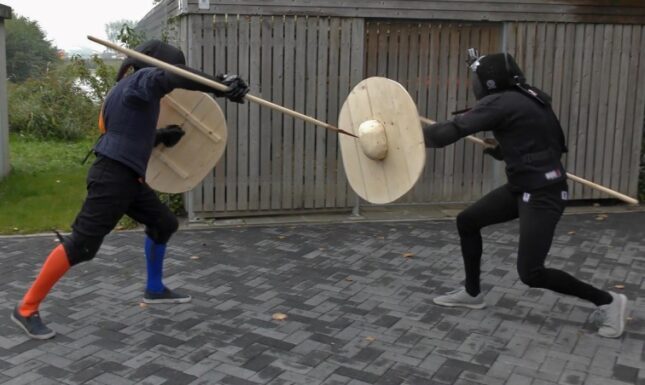
Critical choices
When the subject is weaponry, setting up an experimental campaign that enables a decent control over the tests while providing results which are directly comparable to the archaeological material is not an easy task. This entails several critical choices in the design and performance of the experiments. For example, although it is unlikely that a weapon in the past has collided only against another weapon with the exact same material properties, one might opt for testing clashes against comparable items to limit the number of confounding variables at play. Furthermore, when it comes to reproducing realistically extreme situations like combat, additional challenges need to be faced to make sure the tests remain sustainable, ethical, and safe. These and many other issues are discussed in the paper. By critically engaging with these aspects and suggesting ways to find that ‘sweet spot’ between realism and control, the article aims to stimulate discussion in this recent field and provide helpful guidelines for the of experimental exploration of this quite ‘cutting edge’ subject.


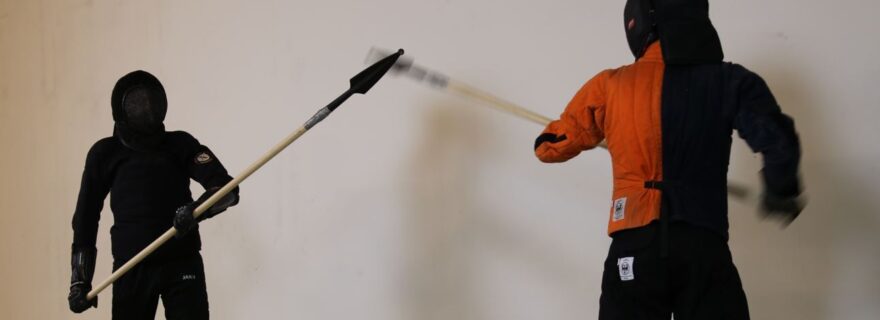
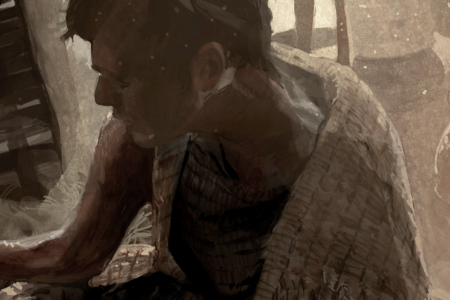
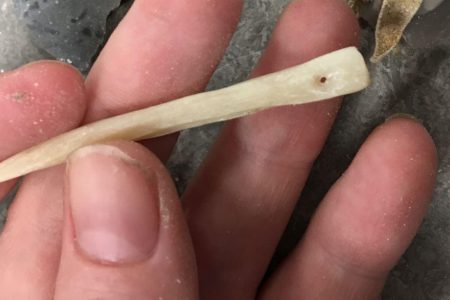
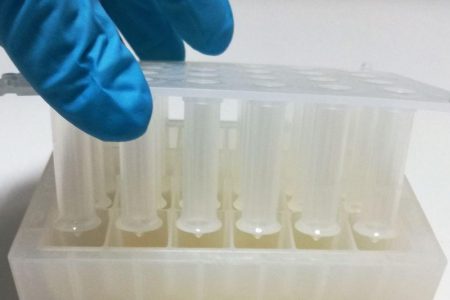
0 Comments